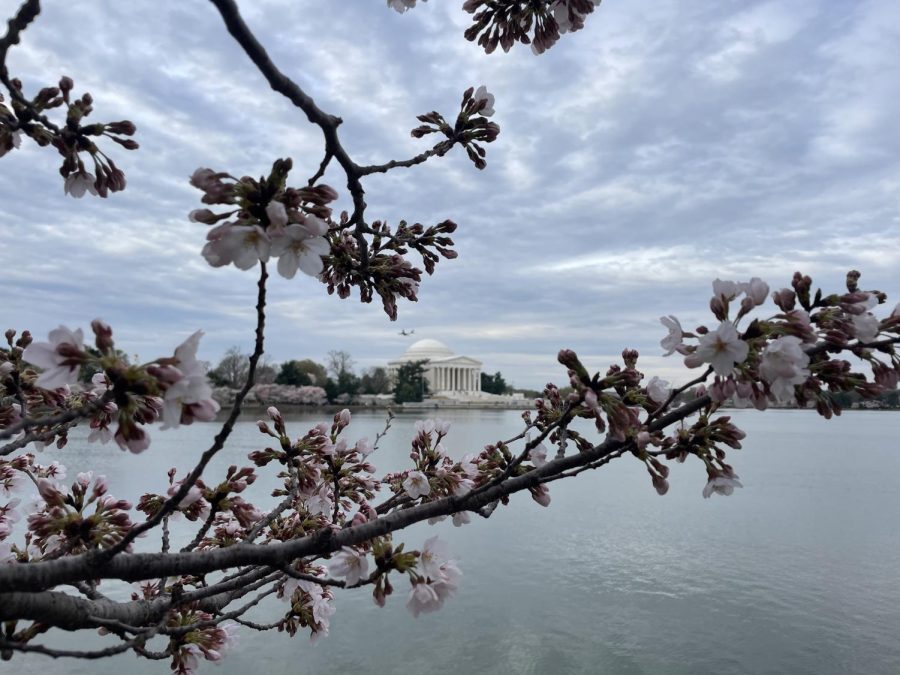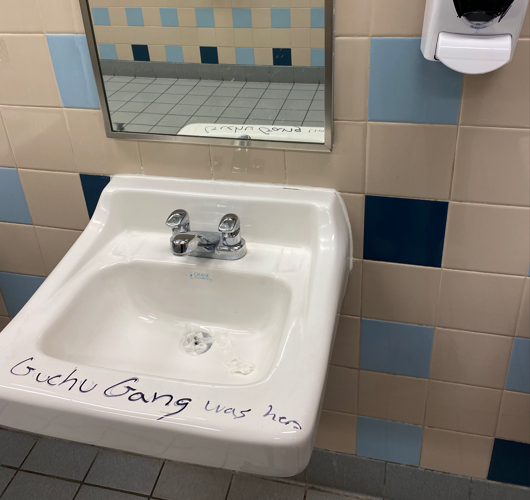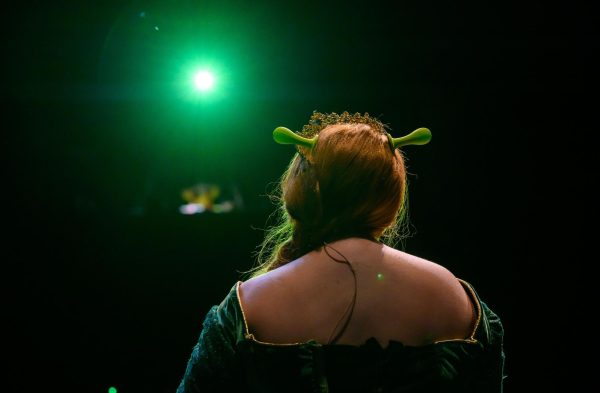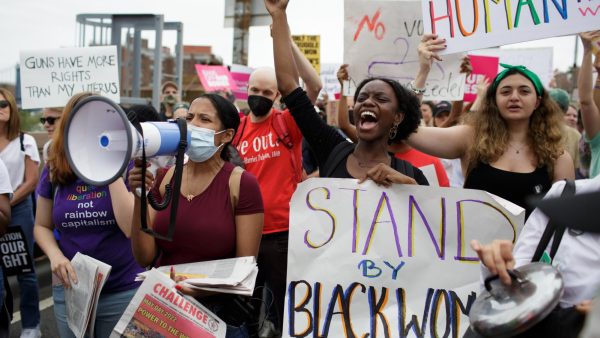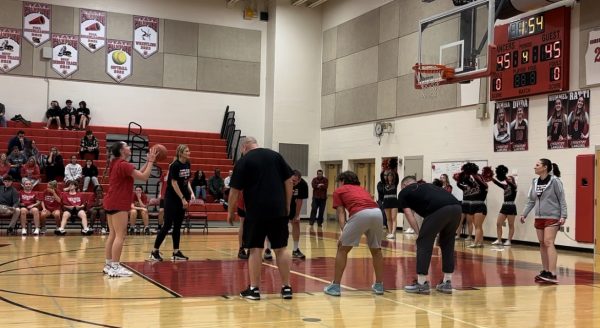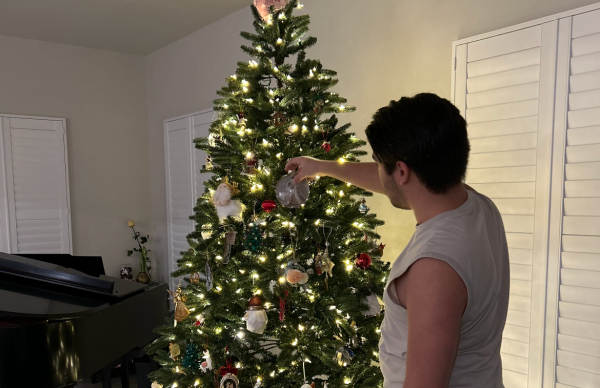A City In Bloom: Thousands flood the nation’s capital as Cherry Blossom festival visitors return to pre-pandemic levels
May 5, 2023
The Washington, D.C. Cherry Blossom Festival has been an eagerly-anticipated and much-loved event for almost 90 years. Each year, from March 20 to April 15, people from all across the country flock to the nation’s capital to witness one of nature’s most spectacular phenomena: the blooming of the cherry blossom trees.
For over 100 years, Yoshino cherry trees have lined the banks of the district’s tidal basin. Gifted to the United States in 1912 by Japan as a symbol of friendship between the two countries, the trees and their accompanying festival typically draw in around 1.5 million visitors to the district every year.
For the majority of the year, the cherry trees look just like any of Washington’s 175,000 public trees. In early spring, however, the banks come alive with color as the buds of the city’s 3,800 cherry blossom trees reach peak bloom.
Peak bloom is the day or time period when “70% of the Yoshino Cherry blossoms are open,” according to the National Park Service (NPS). Based on data from the United States Environmental Protection Agency (EPA), the average peak bloom date for Washington’s cherry blossoms is April 4.
This year, however, unusually warm winter temperatures have caused the trees to bloom earlier than expected.
While it is normal for peak bloom to vary each year, the 2023 blossoms were predicted to reach peak bloom sometime during the last two weeks of March. The trees officially reached their peak potential on Wednesday, March 22, a little over a week earlier than average.
Tokyo’s cherry blossom trees are also experiencing this premature bloom. The trees, known as sakura in Japan, first blossomed on March 14, 10 days earlier than average. According to the Japan Times, this ties 2020 and 2021 for the earliest bloom since 1953.
These premature blooms come while states across the U.S. record some of their warmest winters in decades.
According to data from the National Oceanic and Atmospheric Association (NOAA), Massachusetts had its warmest winter on record, while Connecticut, New Jersey, Maryland, Ohio, West Virginia, Virginia and Kentucky all tallied their second warmest winter temperatures.
These warmer temperatures can have an adverse effect on our flora. As frosts end earlier and flowering occurs sooner, one concern for scientists is the effect on insects, and what that means for flowers.
Bugs play an important role in plant growth by pollinating flowers, which enables the fertiliation and production of seeds. Interruptions in this process caused by warmer temperatures could hinder a plants ability to reproduce. One specific concern is cross-pollination.
Bees have an overwhelming amount of plants to choose from, and as a result, transfer pollen to the wrong plant, rendering its reproductive abilities useless.
“Some bugs are good and some bugs are bad. Some bugs do pollination services for us and they pollinate plants so we can have fruits and crops. Others carry diseases,” said United States Department of Phenology’s Jake Wheltzin. “There’re so many different kinds of bugs, it’s hard to know exactly what all those patterns might be. “
This would spell disaster for the beloved cherry trees, which already suffer maltreatment from careless visitors breaking branches and ignoring warnings not to step on tree roots.
As global warming becomes a continuous problem, warmer winters and subsequently earlier blooms are expected to be a persistent problem for the foreseeable future.
While the inconsistent temperatures might not be good for the trees in the long run, they had no effect on the appearance of the blossoms this year.
When the blossoms reached peak bloom last Wednesday, they flooded the capital with varying shades of pink and white, along with hundreds of thousands of people. This influx of tourists caused a multitude of transportation issues in the district.
One driver who called in to Washington’s Top News radio station (WTOP) described being stuck in traffic near Reagan National Airport for “nearly three hours,” WTOP reported.
Car traffic were not the only delays experienced during the bloom. Washington’s Metro rail system saw its busiest weekend since 2015, recording over 340,000 trips. The sheer number of rail riders overwhelmed the Metro system, with the companies Orange, Blue and Silver lines all experiencing repeated delays.
Visitor Dan Hardy commented on his difficulties getting down to the district.
“It was such a cluster,” Hardy said. “If I had known it was going to be so hard to find parking [by the Tidal Basin], I would have taken the Metro.”
Despite the large crowds and some unpleasant weather, the majority of visitors were still able to enjoy the cherry blossoms to their fullest.
“I had a great time,” said Linganore senior Evangeline Maier. “It was my first time going [to see the cherry blossoms], the weather was super nice, and the blossoms were gorgeous! I’m definitely going to try and go again next year.”
While simply going to see the trees is completely free, the festival also sponsors a multitude of vendors and ticketed events. Proceeds from these events go towards upkeep and maintenance of the trees and surrounding tidal basin, keeping the blossoms healthy for years to come.
You can make a donation to the upkeep of the cherry blossom trees here.


